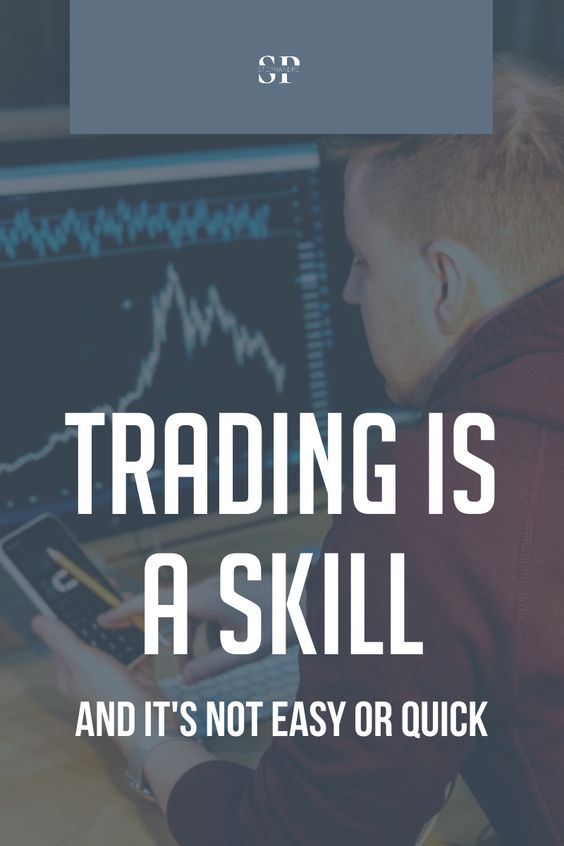 Many traders, in my opinion, assume that all they need is a run of good luck before they can move forward with confidence.
Many traders, in my opinion, assume that all they need is a run of good luck before they can move forward with confidence. Is it possible to maintain composure while on the losing end of a trade?
My “confidence” has taken me through many ups and downs, but I’ve now realised that the key to success is not having more winning transactions than losing ones and being able to manage both.
I realised that my optimistic outlook on life was directly related to the way I dealt with disappointment.
I felt optimistic about my ability to recover from defeat.
If I lost more than I should have or went over my daily loss limit, I felt terrible about myself instantly.
So I stopped doing the things that had been giving me that unpleasant sensation.
While I may not be able to influence market conditions, I do have complete say over my individual trades, including when and how much I enter and exit the market, how many positions I hold at once, and how much risk I am willing to take.

 The speculator’s chief enemies are always boring from within. It is inseparable from human nature to hope and to fear. In speculation when the market goes against you you hope that every day will be the last day – and you lose more than you should had you not listened to hope to the same ally that is so potent a success-bringer to empire builders and pioneers, big and little. And when the market goes your way you become fearful that the next day will take away your profit, and you get out – too soon. Fear keeps you from making as much money as you ought to. The successful trader has to fight these two deep-seated instincts. He has to reverse what you might call his natural impulses. Instead of hoping he must fear; instead of fearing he must hope. He must fear that his loss may develop into a much bigger loss, and hope that his profit may become a big profit. It is absolutely wrong to gamble in stocks the way the average man does.
The speculator’s chief enemies are always boring from within. It is inseparable from human nature to hope and to fear. In speculation when the market goes against you you hope that every day will be the last day – and you lose more than you should had you not listened to hope to the same ally that is so potent a success-bringer to empire builders and pioneers, big and little. And when the market goes your way you become fearful that the next day will take away your profit, and you get out – too soon. Fear keeps you from making as much money as you ought to. The successful trader has to fight these two deep-seated instincts. He has to reverse what you might call his natural impulses. Instead of hoping he must fear; instead of fearing he must hope. He must fear that his loss may develop into a much bigger loss, and hope that his profit may become a big profit. It is absolutely wrong to gamble in stocks the way the average man does.
 Many
Many